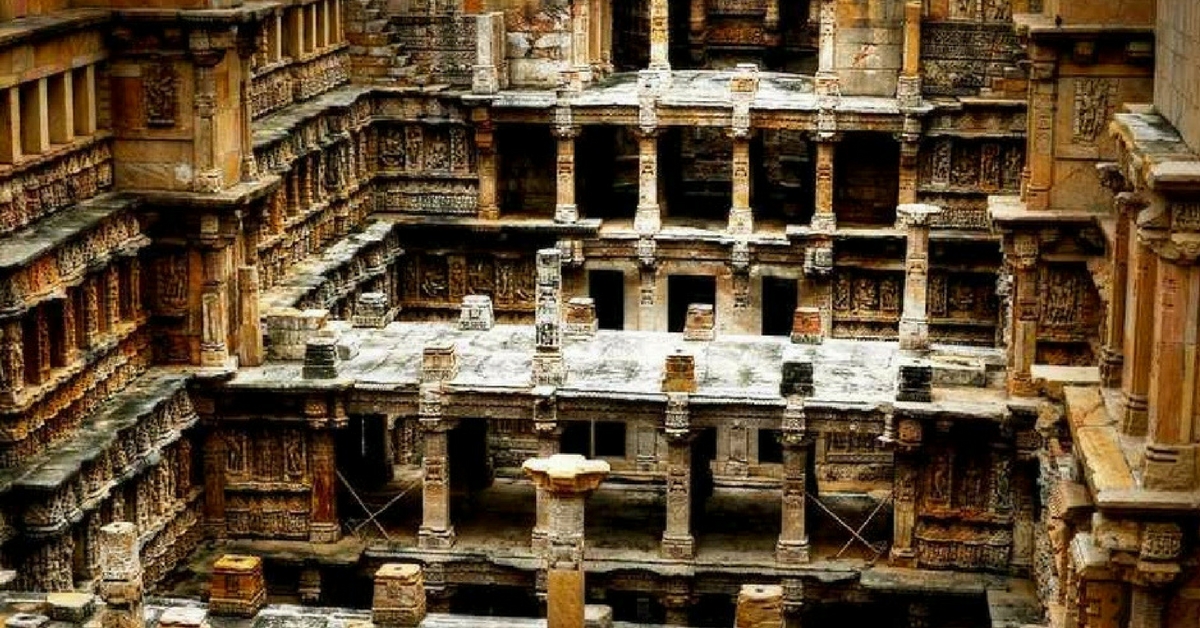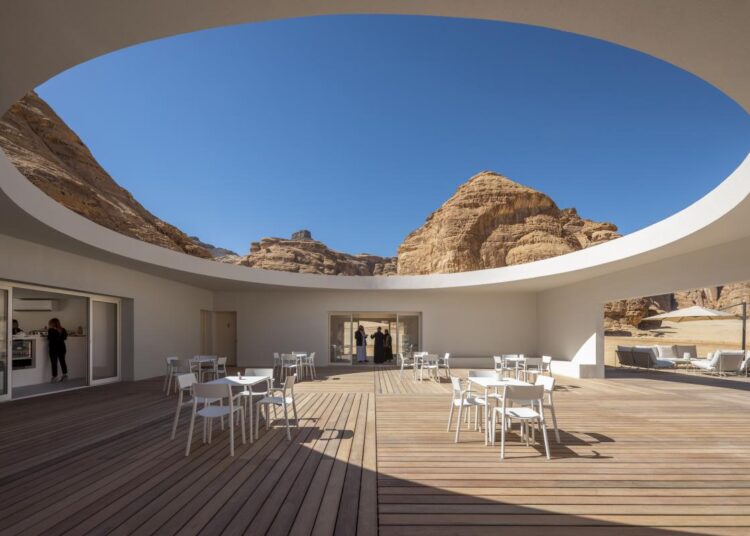In the tapestry of human history, buildings stand as silent storytellers. They are more than just brick and mortar; they are tangible records of our past, embodying the social, cultural, and technological achievements of generations. The work of architectural heritage preservation is a profound and essential endeavor—a commitment to safeguarding these irreplaceable artifacts for the benefit of future generations. It is a delicate and complex process that balances the imperative of historical authenticity with the demands of modern functionality. This comprehensive guide will take you on an in-depth journey into the world of heritage preservation. We will explore its foundational philosophies, the meticulous processes involved, the innovative technologies that are revolutionizing the field, and the immense benefits that preserving our architectural past brings to communities, economies, and our collective identity. Whether you are a building owner, a professional in the field, or simply a curious observer, this article will illuminate the art and science behind saving our shared history.
The Guiding Principles of Preservation

Before any physical work begins, a historic preservation project must be governed by a clear set of principles. These principles ensure that every decision respects the building’s historical integrity and contributes to its long-term survival.
A. The Principle of Minimal Intervention
This is the cornerstone of all preservation work. The core idea is to do as little as possible to the historic fabric of the building. The primary goal is to repair and retain original materials whenever feasible, rather than replace them. When new materials are absolutely necessary, they should be chosen carefully to be compatible with the existing ones, both aesthetically and structurally. This approach honors the building’s authentic history and prevents the loss of crucial historical information.
B. The Building’s History and Significance
A building’s history is its soul. A thorough investigation is required to understand its original design, its various uses over time, and the significant alterations it has undergone. This process involves:
- Archival Research: Delving into old photographs, original blueprints, and historical documents to establish a timeline of the building’s evolution.
- Oral Histories: Speaking with people who have a personal connection to the building, whose memories can provide valuable context and details that are not found in official records.
- Material Analysis: Conducting scientific analysis of materials like paint, mortar, and plaster to determine their original composition and color. This is critical for accurate restoration.
C. The Difference Between Preservation, Restoration, and Rehabilitation
These three terms are often confused but represent distinct approaches to a historic property.
- Preservation: Focuses on maintaining the building’s existing condition and protecting it from further decay. The goal is to keep the building as it is, with minimal changes.
- Restoration: Aims to return a building to its appearance at a specific period in its history. This is often more intensive and may involve removing modern additions and recreating missing historical features.
- Rehabilitation: This is the most common approach. It involves adapting a historic building for a new, contemporary use while preserving its character-defining features. This allows the building to remain functional and relevant in the modern world.
The Meticulous Process of Restoration
Restoring a historic building is a complex, multi-phase project that demands specialized skills and a patient, methodical approach.
A. Comprehensive Assessment and Documentation
This is the foundation of the entire project. Without it, the rest of the work is a shot in the dark.
- Detailed Condition Assessment: A team of specialists meticulously inspects every part of the building, from the roof to the foundation. They document structural weaknesses, water damage, material decay, and other issues.
- Measured Drawings and Photography: Every detail of the building is meticulously documented through measured drawings and high-resolution photography. This creates a detailed record of the building’s condition before the work begins.
- Building Materials Survey: A survey is conducted to identify and catalog all the materials used in the building. This includes everything from the type of wood in the floors to the kind of mortar in the bricks.
B. Structural and Systems Repair
Before any cosmetic work can be done, the building must be structurally sound and functional.
- Structural Reinforcement: Structural engineers design solutions to stabilize the building’s load-bearing elements, such as foundations, columns, and walls.
- Systems Integration: This is one of the biggest challenges. Modern HVAC, plumbing, and electrical systems must be integrated in a way that is minimally invasive and does not harm the historic fabric. Creative solutions, like hiding ductwork and wiring in new walls or floors, are often required.
C. Exterior and Interior Restoration
This is where the building’s aesthetic features are brought back to life.
- Façade Restoration: The exterior is a building’s public face. This work involves cleaning and repairing brickwork, stone, and architectural details. Masonry must be repointed with historically compatible mortar to prevent moisture damage.
- Window and Door Repair: Original windows and doors are a crucial part of a building’s character. They are often repaired rather than replaced, and modern weatherstripping is added to improve energy efficiency.
- Interior Finishes: This includes the restoration of historic plasterwork, wood flooring, decorative moldings, and wall finishes. This work requires a high degree of craftsmanship and an eye for detail.
The Role of Modern Technology

While historic preservation is a traditional craft, it has been revolutionized by cutting-edge technology. These tools provide unprecedented accuracy and efficiency, allowing for a more informed and precise approach.
A. Digital Documentation and Modeling
- 3D Laser Scanning: Laser scanners create a “digital twin” of a building, a highly accurate 3D model that captures every detail. This allows architects to analyze the building’s structure, plan repairs, and even create virtual tours.
- Photogrammetry: This technique uses a series of photographs to create a detailed 3D model. It is a more affordable alternative to laser scanning and is excellent for documenting intricate details and textures.
B. Material Analysis and Diagnostics
- Non-Destructive Testing (NDT): Technologies like ground-penetrating radar and infrared thermography allow professionals to “see” inside walls and structures without causing any damage. They can detect hidden water leaks, structural weaknesses, and the location of pipes and wires.
- Chemical Analysis: Modern labs can analyze tiny samples of mortar or plaster to determine their original composition. This information is critical for creating a repair mix that is compatible with the original material, preventing future deterioration.
The Broader Impact of Preservation
The benefits of architectural preservation extend far beyond a single building. They have a profound and lasting impact on communities, economies, and the environment.
A. Economic Revitalization
Historic preservation is a powerful engine for economic growth.
- Job Creation: Restoration projects create local jobs for skilled tradespeople, architects, and engineers. The work is labor-intensive and cannot be outsourced.
- Tourism: Restored historic buildings and neighborhoods attract tourists, who spend money in local shops, restaurants, and hotels.
- Increased Property Values: A well-preserved historic district becomes a desirable place to live and work, leading to higher property values and increased tax revenue.
B. Environmental Sustainability
Preservation is one of the most sustainable practices in the building industry.
- Reduced Waste: Reusing an existing building significantly reduces construction waste that would otherwise end up in a landfill.
- Energy Conservation: The embodied energy—the energy consumed during the manufacturing, transport, and construction of building materials—in a historic building is immense. By preserving it, we avoid the need to expend that energy again.
- Long-Term Durability: Historic buildings were often built with high-quality, long-lasting materials. By restoring them, we ensure their longevity and reduce the need for future resource consumption.
C. Cultural and Social Heritage
A city’s architectural heritage provides a unique sense of place and identity.
- Tangible Connection to the Past: Historic buildings serve as tangible links to our ancestors and the stories of the people who came before us. They provide a sense of continuity and roots in a world that is constantly changing.
- Educational Opportunities: A restored building can be a living classroom, teaching visitors about history, architecture, and craftsmanship.
- Community Pride: A community that takes pride in its historic buildings often has a stronger sense of identity and a more vibrant social fabric.
Conclusion
Architectural heritage preservation is not a luxury; it is a necessity. It is a profound act of respect for our past and a visionary investment in our future. The work is a careful dance between tradition and innovation, a process that requires both the skilled hands of a craftsman and the precise tools of a modern scientist. This guide has provided a framework for understanding that intricate process, from the guiding philosophies that prevent irreversible damage to the cutting-edge technologies that make restoration more accurate and efficient than ever before.
The benefits of this work are far-reaching and undeniable. Preserving a building is an act of environmental sustainability, an engine for economic revitalization, and a powerful way to protect our cultural identity. It transforms a decaying structure into a beacon of community pride and a testament to human ingenuity. In a world of fleeting trends and disposable construction, historic preservation stands as a powerful and enduring statement that some things are worth saving. It is a commitment to ensuring that the stories written in stone, wood, and brick continue to be told for generations to come. The work is a call to be stewards of our history, ensuring that our architectural heritage is not lost but continues to inspire and enrich our lives.













